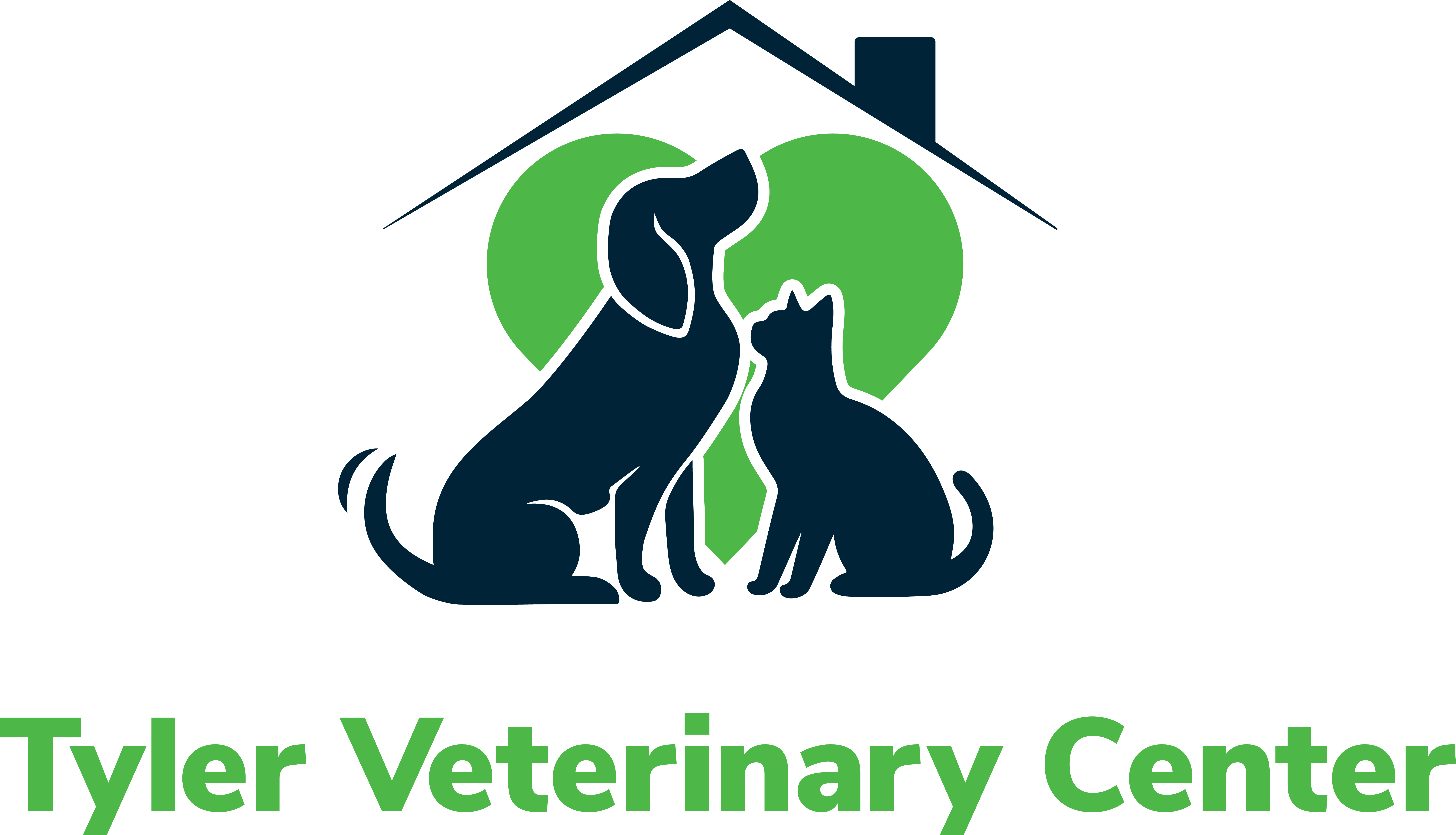Strategies for Supporting Pet Recovery Post-Surgery: A Guide for Pet Owners
Pets may get sick or have injuries requiring surgery to restore their overall health and well-being. Regular spaying and neutering, as well as more involved surgeries like tumor removal and fracture repair, are examples of these procedures. A medical operation is integral to your pet’s health and well-being, but it’s not the only one. Post-operative care guarantees your pet recovers well and returns to their routine. We’ll talk about the significance of pet post-surgery care in this blog post and offer thorough guidance on how pet owners can help their furry friends heal.
Follow Your Vet’s Post-Surgical Instructions
Your veterinarian will receive detailed instructions regarding your pet’s post-surgery care. They will advise you on what medications to give your pet, how often to give them, and when to bring them back to the clinic for checks. Your veterinarian might also suggest nutritional or lifestyle adjustments to facilitate your pet’s recovery. Since each surgery is distinct and varied, it is crucial to strictly adhere to your veterinarian’s advice to guarantee a quick and effective recovery process.
Manage Pain and Discomfort
Pain control is essential to your pet’s recovery. Consult your veterinarian about painkillers and dosages to relieve your pet’s discomfort. Keeping your pet happy is critical; sometimes, secure them in a cozy area to restrict their activities. It’s also critical to check your pet’s incision and maintain a clean surgery site.
Feeding Your Pet
Treating your pet to delicious goodies during recovery could be very tempting. However, overfeeding can result in weight gain, which stresses your pet’s frail body more. During healing, your veterinarian might prescribe a particular dietary regimen or restrict your pet’s food intake. Maintaining your pet’s hydration is also critical, as it plays a significant role in healing.
Encourage Healing
Involve your pet in activities that promote recovery, like walks, soft massages, and restricted physical therapy. These exercises improve mobility, strength, and blood flow. But before you begin any activity with your pet, ensure your veterinarian’s approval.
Provide Emotional Support
Your pet may experience some difficulties throughout their recovery. Make sure they get the love and support they need every day. For your pet, the pain, anxiety, and immobility can be too much. Instead of using a collar to restrict your pet’s movement, use a harness. Playing soft music or providing engaging toys can help relieve your pet’s stress.
To ensure your pet’s overall health, ensure they heal entirely and quickly following surgery. As a responsible pet owner, you should take the required steps to aid your pet’s recovery by adhering to the post-operative instructions provided by the veterinarian, controlling pain and suffering, giving your pet the right food, promoting healing, and—above all—offering emotional support. Make sure your pet has enough assistance for as long as necessary, as surgery can be physically and psychologically taxing. As your pet may need time, care, and attention as they heal, watching them recover and regain their confidence and mobility is invaluable. If you have any questions about post-surgical care, contact your vet.

